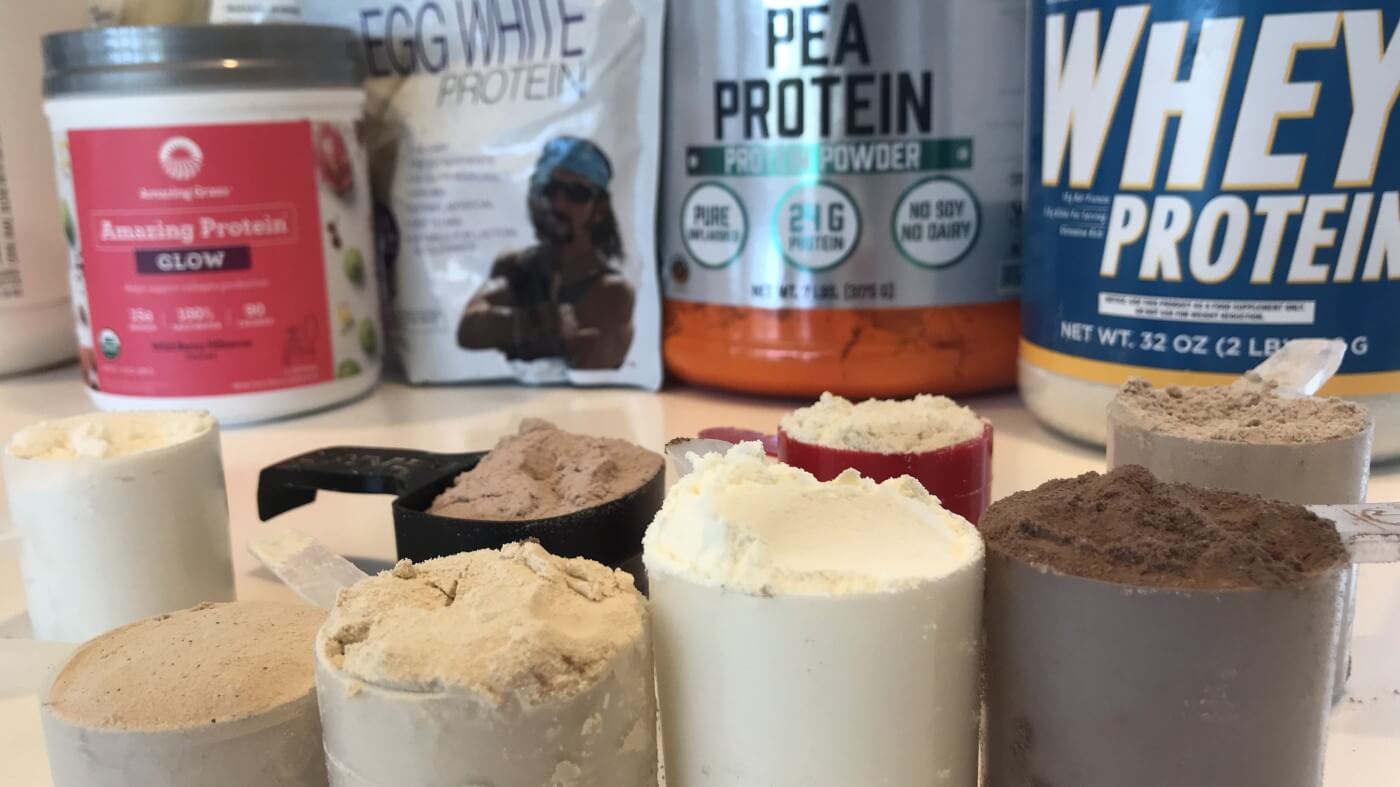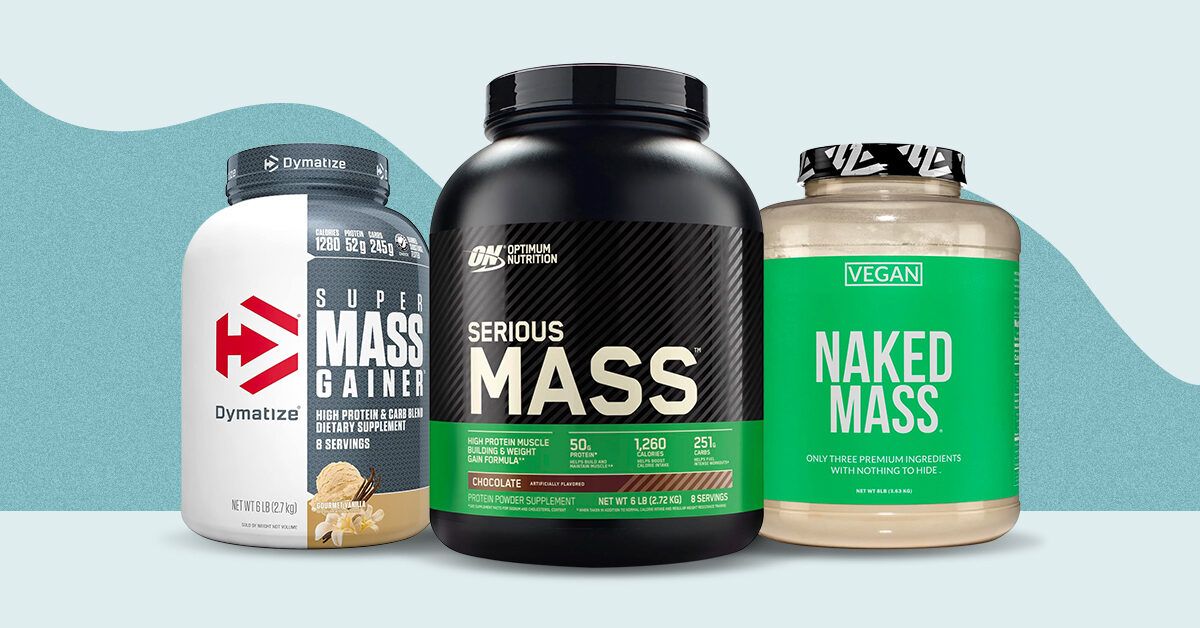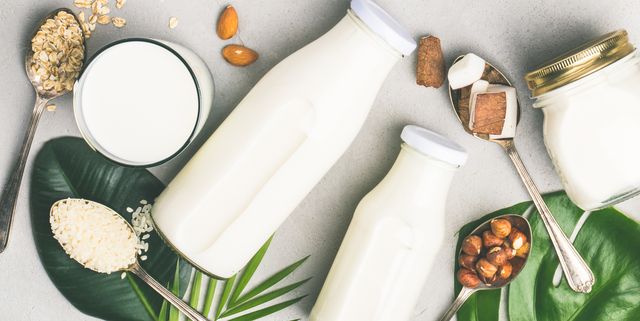
Introduction
When it comes to consuming protein powder, one question that often arises is whether it is best to mix it with milk or water. The answer depends on your goals and preferences. This article will compare the benefits of using milk and water, and discuss the factors to consider when making this decision.
Comparison between protein powder with milk and water
Goal: If your goal is to build mass and gain muscle, mixing protein powder with milk may be more beneficial. Milk contains both fats and carbohydrates, which are essential for muscle recovery. On the other hand, if your aim is weight loss, mixing protein powder with water is a better choice as it minimizes the intake of additional fats and carbohydrates found in milk.
Protein Content: Mixing protein powder with milk provides you with more protein compared to mixing it with water. Milk naturally contains protein, so combining it with protein powder boosts the overall protein content of your shake. This can be particularly beneficial for individuals looking to increase their protein intake for muscle-building or recovery purposes.
Taste: While this factor may not directly impact the benefits of protein powder, it is worth considering. Mixing protein powder with milk often results in a creamier and more flavorful shake compared to mixing with water. This can be a positive aspect for individuals who prefer a more enjoyable taste experience.
Factors to consider when choosing between milk and water
When deciding whether to mix your protein powder with milk or water, there are a few factors to consider:
Caloric Intake: Milk contains additional calories from fats and carbohydrates, which can contribute to your overall daily caloric intake. If you are monitoring your calorie intake closely, choosing water as your mixer might be a better option.
Digestion: Some individuals may experience digestive discomfort when consuming protein powder mixed with milk due to lactose intolerance or sensitivity. In such cases, mixing with water is a suitable alternative as it is lactose-free.
Preference: Ultimately, personal preference plays an important role in this decision. If you enjoy the taste and texture of milk-based protein shakes, and your goals align with the benefits mentioned earlier, then mixing protein powder with milk may be the better choice for you. However, if the additional calories, digestive issues, or personal taste preference steer you towards water, then that is perfectly fine as well.
In conclusion, whether you choose to mix your protein powder with milk or water depends on your goals, preferences, and individual circumstances. Both options have their own benefits and drawbacks. Consider your goals, dietary needs, and taste preferences to determine which one is best for you. [1][2][3][4]

Benefits of Protein Powder with Milk
Improved taste and texture
One of the primary benefits of mixing protein powder with milk is the improved taste and texture it provides. Milk adds a creamy and rich flavor to protein shakes, making them more enjoyable to consume. The smooth and velvety texture of milk enhances the overall drinking experience, especially for those who prefer a thicker consistency. This can be particularly beneficial for individuals who struggle with the chalky or gritty texture of protein powder when mixed with water.
Enhanced nutrient profile
Another advantage of using milk as a mixer for protein powder is the enhanced nutrient profile it offers. Milk naturally contains proteins, carbohydrates, and fats, which provide additional nutritional benefits. By mixing protein powder with milk, you increase the overall protein content of your shake, making it more effective for muscle growth and recovery. The carbohydrates and fats present in milk can also be beneficial, as they provide energy and support muscle glycogen replenishment after intense workouts.
In addition, milk is a good source of essential vitamins and minerals such as calcium, vitamin D, potassium, and phosphorus. These nutrients play crucial roles in bone health, muscle function, and overall well-being. By incorporating milk as a mixer, you can boost the nutritional value of your protein shake and ensure that you are obtaining a well-rounded balance of macronutrients and micronutrients.
It is important to note that the specific type of milk you choose will affect the overall nutrient composition. Whole milk, for example, contains higher levels of fat and calories compared to skimmed milk. If you are looking to control your caloric intake, you may opt for skimmed or low-fat milk instead.
Overall, mixing protein powder with milk can provide a more enjoyable taste and texture experience while also increasing the nutrient content of your shake. It is a suitable option for individuals aiming to maximize their protein intake and support muscle growth and recovery.
However, it is essential to consider your individual goals, dietary needs, and personal preferences when deciding whether to use milk or water. Some individuals may have lactose intolerance or sensitivities that make mixing with water a more suitable choice. Others may prefer the lighter and less caloric option of water. Ultimately, the decision lies in finding the method that aligns with your specific goals and preferences. [5][6][7][8]

Drawbacks of Protein Powder with Milk
Increased calorie and fat content
While mixing protein powder with milk can provide a delicious and creamy shake, it's important to consider the increased calorie and fat content that comes with it. Milk naturally contains fat, and the type of milk you use will determine the specific amount. Whole milk, for example, has a higher fat content compared to skimmed or low-fat milk. If you're watching your caloric intake or aiming for weight loss, this can be a potential drawback.
Additionally, if you're following a specific macronutrient distribution for your diet, mixing protein powder with milk may affect your ratios. Protein powder itself is typically low in fat, so adding milk can increase the fat content of your shake, potentially throwing off your desired macronutrient balance.
Potential lactose intolerance issues
Another drawback of using milk as a mixer for protein powder is the potential for lactose intolerance issues. Lactose is the natural sugar found in milk, and some individuals may have difficulty digesting it due to lactose intolerance. Consuming milk-based protein shakes can lead to symptoms such as bloating, gas, and diarrhea in individuals with lactose intolerance.
It's essential to consider your personal tolerance to lactose and potential gastrointestinal discomfort when deciding whether to mix your protein powder with milk. If you have lactose intolerance or sensitivity, using water as an alternative may be a better option to avoid any unwanted digestive issues.
In conclusion, while mixing protein powder with milk can enhance the taste, texture, and nutritional profile of your shake, it's important to be aware of the potential drawbacks. Increased calorie and fat content can be a concern for individuals watching their weight or following specific dietary guidelines. Additionally, individuals with lactose intolerance may experience discomfort when consuming milk-based protein shakes. Considering your individual goals, dietary needs, and personal preferences will help you determine whether to mix your protein powder with milk or water. [9][10][11][12]

Benefits of Protein Powder with Water
Lower calorie and fat content
When it comes to choosing between milk and water to mix with your protein powder, water has the advantage of being a zero-calorie and fat-free option. This is especially beneficial if you are watching your caloric intake or aiming for weight loss. By using water, you can enjoy the benefits of protein supplementation without adding any extra calories or fats to your diet. This can help you maintain better control over your overall calorie intake and improve your weight management efforts.Quicker digestion and absorption
Another benefit of using water as a mixer for your protein powder is the quicker digestion and absorption it allows. Water is readily absorbed by the body, especially after a workout when your muscles need quick nutrient replenishment. By mixing your protein powder with water, the protein is broken down and absorbed more rapidly, allowing your muscles to receive the essential amino acids they need for recovery and growth promptly.Greater flexibility in macronutrient ratios
Using water as a mixer provides greater flexibility in adjusting your macronutrient ratios. Protein powder itself is typically low in fat and carbohydrates, so by using water, you have more control over the amounts of these macronutrients you consume. This can be particularly beneficial if you are following a specific macronutrient distribution for your diet or if you have specific dietary restrictions. You can easily tailor your protein shake to fit your individual needs and preferences.Hydration benefits
One often overlooked benefit of using water as a mixer is the added hydration it provides. Staying hydrated is crucial for overall health and athletic performance. By choosing water as your protein shake mixer, you are simultaneously replenishing fluids lost during exercise and ensuring proper hydration throughout the day. This can contribute to better workout recovery and overall well-being.In conclusion, while mixing protein powder with milk can provide additional protein, fats, and carbohydrates, opting for water as a mixer offers its own set of benefits. Water has a lower calorie and fat content, which is advantageous for weight management purposes. Its quicker digestion and absorption properties make it ideal for post-workout use, ensuring timely delivery of essential amino acids to your muscles. Additionally, using water allows for greater flexibility in adjusting macronutrient ratios and provides hydration benefits. Ultimately, the choice between milk and water as a mixer depends on your specific goals, dietary needs, and preferences. Consider these factors and make an informed decision that aligns with your individual circumstances. [13][14][15][16]

Drawbacks of Protein Powder with Water
Less satisfying taste and texture
While water may offer its benefits as a mixer for protein powder, one drawback is that it can result in a less satisfying taste and texture. Protein powder mixed with water tends to have a thinner consistency and may lack the creaminess that milk provides. This can make the protein shake less enjoyable for some individuals who prefer a thicker and richer texture. Additionally, water has a neutral taste, which means that the flavor of the protein powder may not be as pronounced or enjoyable as when mixed with milk.Reduced nutrient profile
Another drawback of using water as a mixer for protein powder is the reduced nutrient profile compared to milk. Milk offers a range of essential nutrients, including calcium, vitamin D, and potassium, which are beneficial for overall health. By opting for water, you are missing out on these additional nutrients that could contribute to your daily nutrient intake. This may be a consideration for those who are looking to maximize their nutritional benefits and ensure a well-rounded diet.While water may have its drawbacks, it is important to note that these can be mitigated by other dietary choices. For instance, if taste and texture are of concern, you can experiment with different flavors or add ingredients such as fruits, nut butter, or yogurt to enhance the taste and consistency. Additionally, if you are worried about the reduced nutrient profile, you can ensure you are getting those essential nutrients through other food sources in your diet.
Ultimately, the choice between mixing protein powder with milk or water depends on individual preferences and goals. If you prioritize taste and texture and are not concerned about the additional calories and nutrients, milk may be the preferred choice for you. On the other hand, if you are looking for a low-calorie and fat-free option, and prioritize quicker digestion and flexibility in macronutrient ratios, water may be the better choice.
It is worth noting that both choices can be customized to meet specific needs and taste preferences, and each has advantages of its own. Finding the most delightful and efficient way to take the protein powder can be accomplished by experimenting with many different mixtures and flavors. Depending on your desires and dietary objectives, it is a versatile supplement that can be taken with either milk or water. Understanding these variables can guide you to the ideal mixer for your nutritional journey. Explore how each choice aligns with your fitness regimen for optimized results. [17][18][19][20]

Alternative options to milk and water
While milk and water are the most commonly used liquids to mix with protein powder, there are other alternatives worth considering. These options provide variety and can cater to different dietary preferences or restrictions. Here are a few alternatives to milk and water:
Almond milk: Almond milk is a popular choice for those who are lactose intolerant or following a dairy-free diet. It has a slightly nutty flavor and a creamy texture, making it a great option for protein shake enthusiasts.
Coconut water: Coconut water is a refreshing and hydrating option that can be used as a mixer for protein powder. It is low in calories and rich in electrolytes, making it a suitable choice for those looking for a lighter and more tropical-tasting shake.
Fruit juice: Adding fruit juice to your protein shake can provide a burst of flavor and natural sweetness. Opt for 100% pure fruit juice without any added sugars or artificial sweeteners to keep your shake as nutritious as possible.
Greek yogurt: Greek yogurt is a thick and creamy option that can enhance the texture and taste of your protein shake. It is also high in protein, making it a great addition if you're looking to increase your protein intake even further.
Coffee: If you're a coffee lover, adding a shot of espresso or brewed coffee to your protein shake can give you an extra boost of energy and a delicious mocha flavor. Just be mindful of your caffeine intake, especially if you're planning on consuming the shake later in the day.
Herbal tea: Herbal teas, such as chamomile or peppermint, can add a unique twist to your protein shake. These teas are naturally caffeine-free and can provide a soothing and aromatic experience.
When choosing an alternative liquid, it's essential to consider its nutritional profile and how it aligns with your goals. Some options may add additional calories, sugars, or fats, so be mindful of your overall dietary needs. Experimenting with different liquids can help you find the perfect combination that suits your taste preferences and nutritional requirements.
In conclusion, while milk and water are the traditional choices for mixing protein powder, various other liquids can be used to create delicious and nutritious shakes. Whether you opt for almond milk, coconut water, fruit juice, Greek yogurt, coffee, or herbal tea, each option offers its unique benefits and flavor profiles. Ultimately, the choice of liquid depends on individual preferences, dietary restrictions, and fitness goals. So, don't be afraid to get creative and find the perfect mixer for your protein powder. [21][22]
